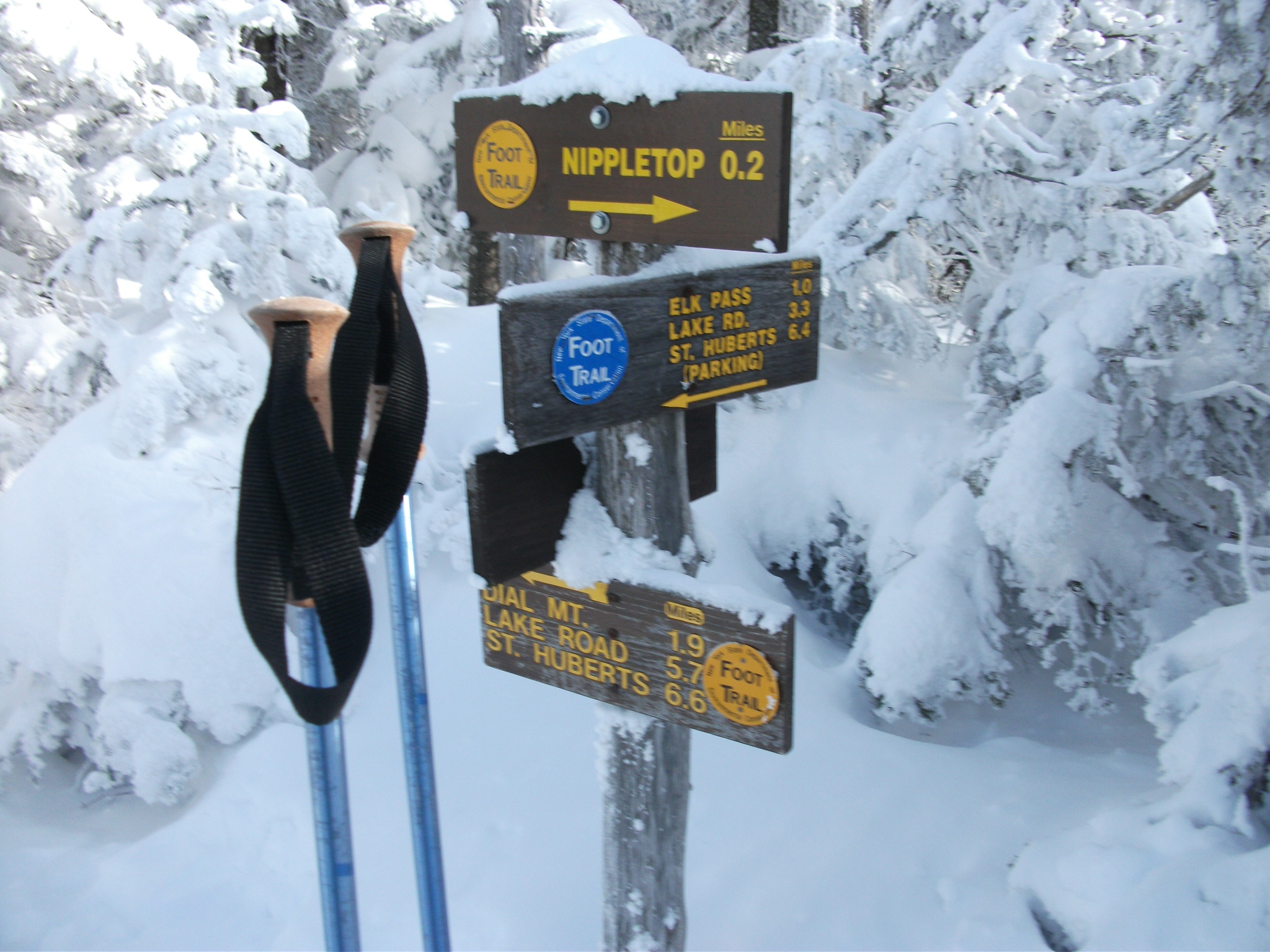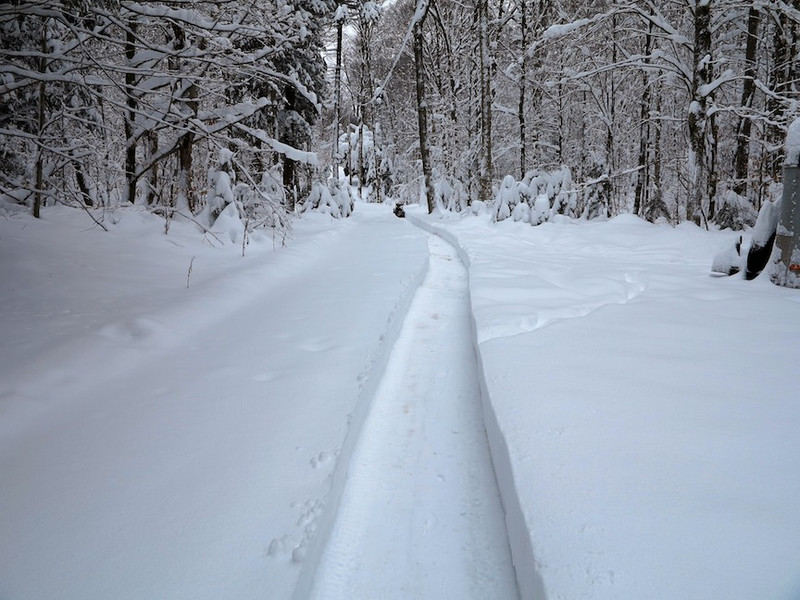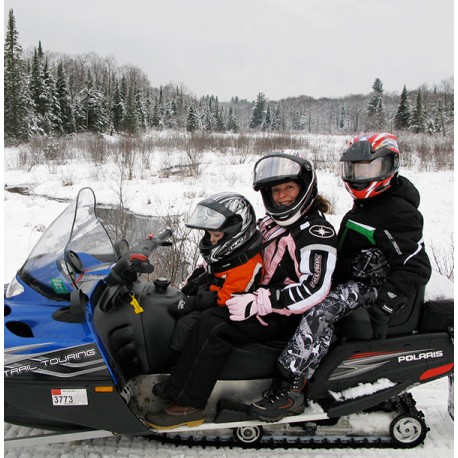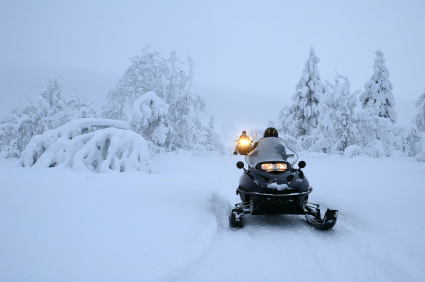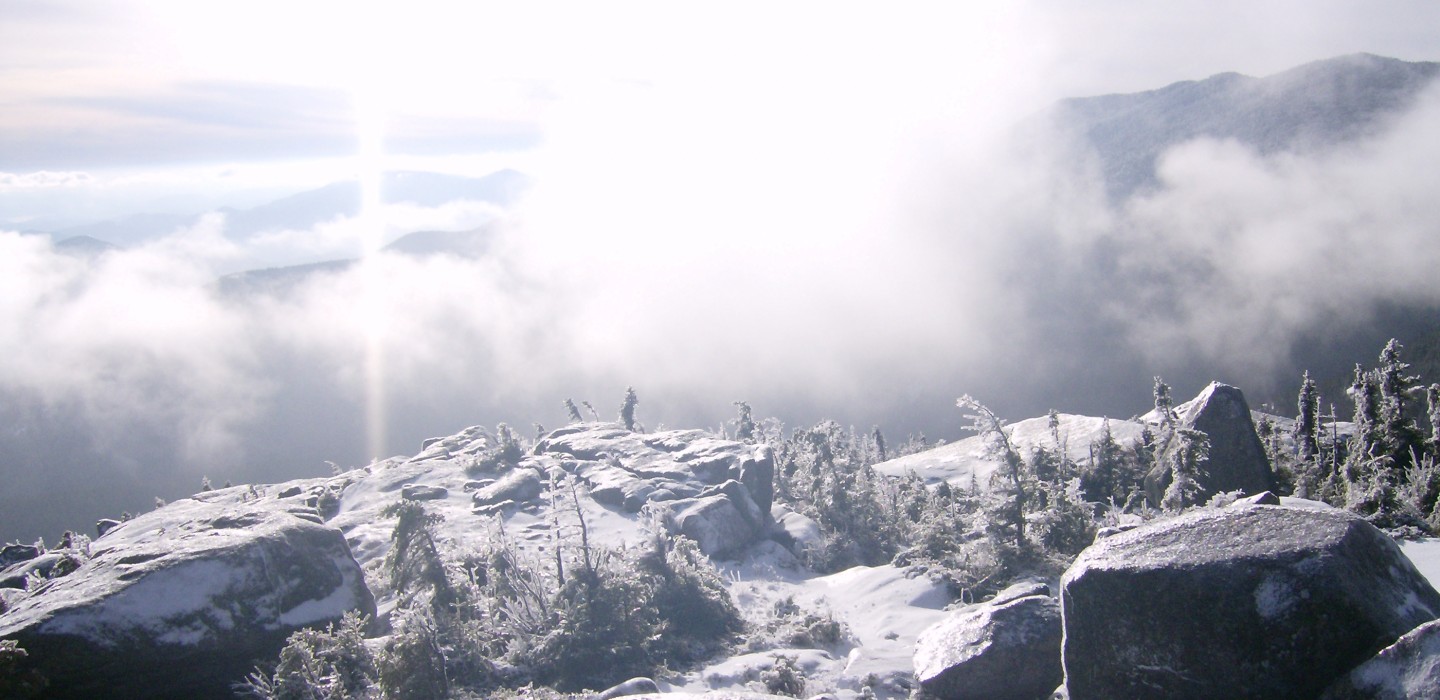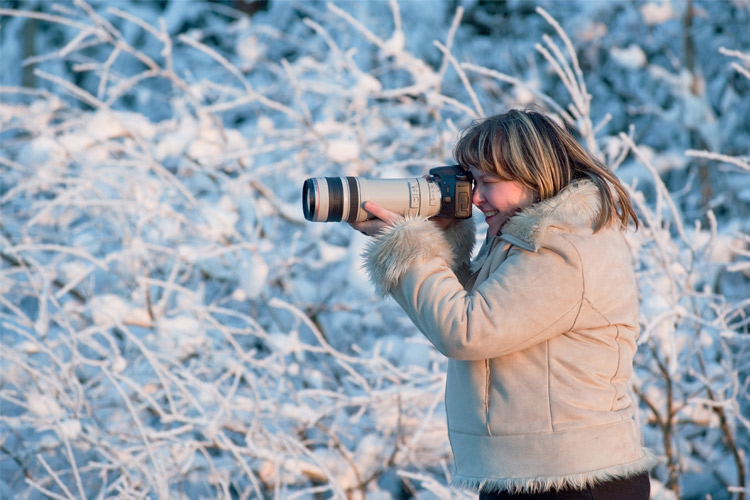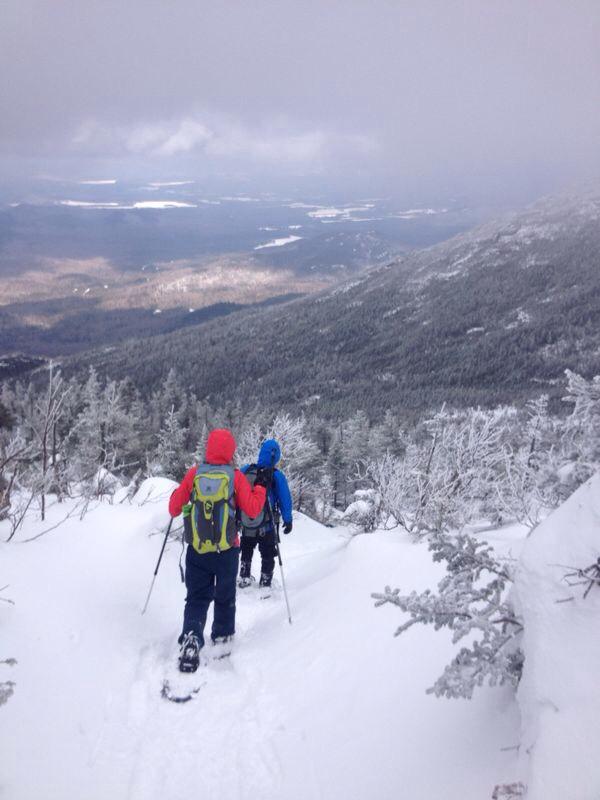Why stop doing what you love because of the weather? The winter can be one of the best times to explore nature, but there’s a lot to prepare for in such a cold season. Being someone who can brave the frigid temperatures won’t cut it out here – it pays to be prepared for the wintry outdoors. Whether you’re skiing, snowboarding, or snowshoeing, there are many things to be aware of in order to enjoy your time on the snowy trails. Here are a few things to keep in mind while hiking during the upcoming winter months.
Do’s
1.) Be sure to research your location.
Hiking locations can vary considerably between the summer and winter months. Be mindful of the lack of daylight hours and how long you will be. Certain parts of the trail may be closed off due to extreme weather conditions and some trails may be closed altogether. It pays to find a location that is the right fit for you.
2.) Check the weather before you head out for your expedition.
This one seems like a given. However, weather can change without expectation in the blink of an eye. You want to be aware of the precipitation, avalanche reports, daylight hours, and wind speed. There’s no need to be a winter weather expert, but make sure to do your research. Snowy conditions can be scary, so it is always good to know when to draw the line and postpone your hike.
3.) Invest in the proper gear that will withstand the elements.
Not only will you want to pile on the layers, but you will also need quality, durable clothing in order to stay warm and comfortable as you trek through the snow. A good rule of thumb: You do not want to have on too many layers. A top, middle, and bottom layer will keep you warm and give you accessibility.
Your main priority is your safety – white-outs and avalanches do happen, so make sure you are prepared for anything and everything. An ice ax, gaiters, goggles, and snowshoes are always good to have.
4.) Take the same precautions as you would in the summer.
Just because you cannot see the sun does not mean that it isn’t there – make sure you pack sunscreen! The sun reflects off of white snow and the higher up you trek, the stronger it will be. Make sure you stay hydrated, well-fed, and don’t forget your sunglasses– even if that isn’t your priority in the cold weather!
5.) Bring supplies to eat and cook.
Simply put, your food will freeze. Plus, you want to prepare for the possibility that you may get stuck in a storm. (We don’t want to think about it, either, but better to be safe than sorry!) As with any form of exercise, you want to fuel your body so that you do not feel fatigued during your hike.
There’s no need to pile on the pots and pans, but make sure to bring some matches and non-perishable food for the day. Liquid-fuel stoves are recommended for cold temperatures and are more helpful than a canister. It is also smart to bring a windscreen and heat exchanger to help make cooking easier.
Don’ts
1.) Do not go alone.
It is a good idea to share the trip with a few nature-loving friends with you as well. It wouldn’t hurt to have varying skill sets to prepare you for all kinds of potential problems. You never know when you’ll need your buddy who is well-versed in snow travel or your sister who is a genius with route finding to help you out in a pinch! Make sure you keep pace with the slowest in the group so you all stay together – you don’t want to lose one another out there!
2.) Do not underestimate the elements.
Hiking in the winter is a completely different experience than in the other seasons. There are extreme risks associated with the winter that you should be prepared for. The snow can make visibility difficult and the low temperatures can present new challenges that you will not have to worry about the warmer weather. Consider going on a shorter trail or limiting your outdoor exposure time. If you see the weather start to take a turn for the worst, be prepared to turn around and call it a day!
3.) Do not rely on your cell phone for emergency help.
Though it is always good to have, cell phones cannot protect you against low temperatures and dangerous conditions. Moreover, you may not be able to receive service on your hike. Personal locator beacons and snow saws may not be on your shopping list, but it pays to be prepared.
4.) Do not forget the basics.
Though it’s important to put emphasis on the equipment you need specifically for the winter, it is crucial to not overlook your basic amenities. Be sure to pack a map, guidebook, compass, first-aid kit, waterproof matches, any medications you may need, and a Swiss-army knife on your trek. Winter hiking certainly is different than warm weather hiking, but not too different.
5.) Don’t forget to leave your plans with a friend or family member.
It is always important to let someone know where you are in case of an emergency. Make sure you inform someone of your plans for your hike and try to stick to them as closely as possible. Also, sign a hiking register, if available. Make sure you have everybody’s phone numbers, and that someone apart from the hike knows how to contact you. Most importantly, let someone know when you leave and when you return.


